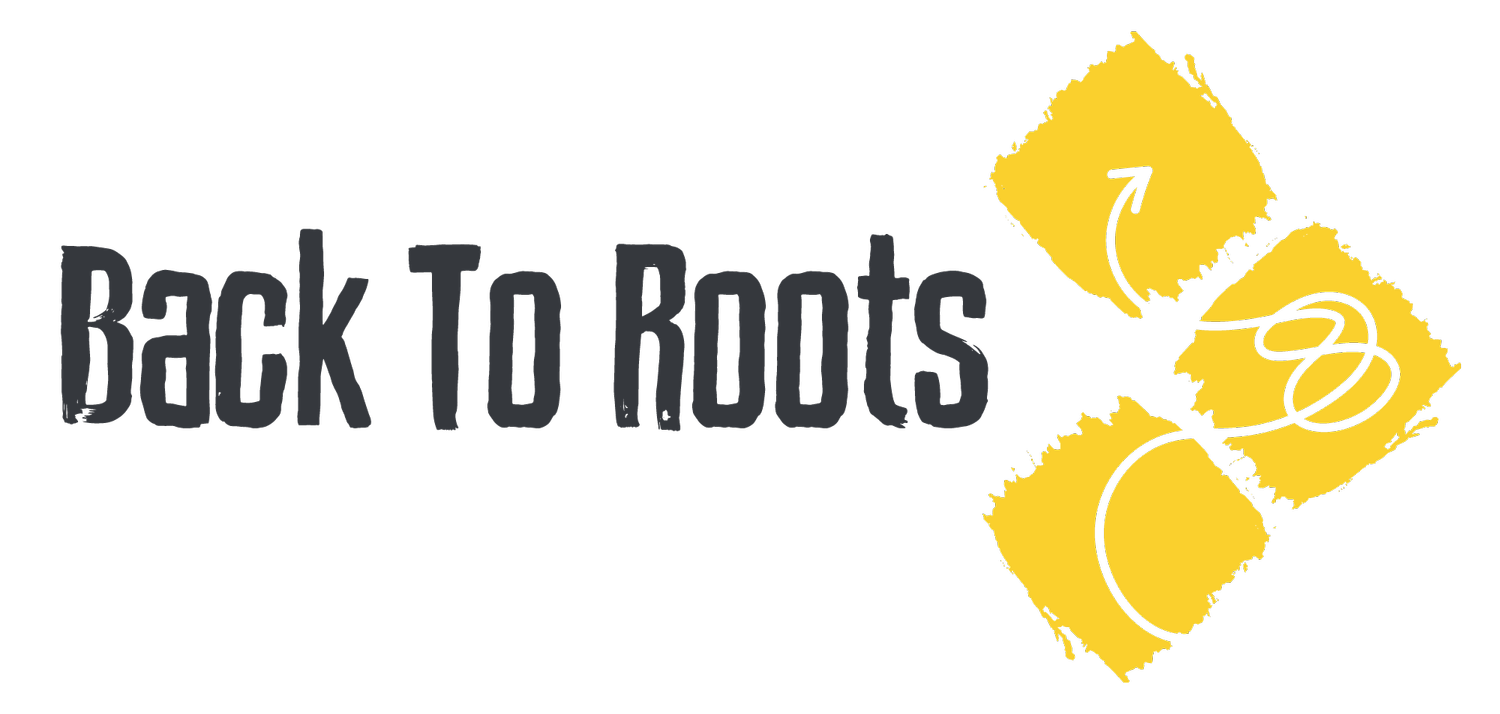B2R Internship Notes. Pain As An Alarm
Our nervous system is like an alarm, like the one you have at your home or in your car, designed to tell us about potential dangers like somebody breaking in, or a fire.
It is composed of hundreds of miles of nerves running around our entire body, from our feet all the way to our brain, operating through electrical impulses, telling us about actual or potential threats that might affect us.
So if you end up getting too close to a flame or stepping on a rusted nail, the receptors and nerves in your body will trigger off an electrical impulse that send a message to your spinal cord, up to your brain which ultimately decides what to do about it.
Ideally, in the vast majority of cases we just need to step off, and let the body heal. As we go through those healing times, pain should slowly ease off.
However, 1 in 4 people the alarm system never quite returns all the way back to its baseline but remains closer to the point where it set off and send danger messages to the brain ie. the alarm system remains sensitized.
How often have you heard an alarm going off out of nowhere, not because someone is breaking in but maybe because of the wind, or a cat jumping onto a car's roof? In those cases we then might call a technician to come and check why the alarm system is so sensitive.
When helping people with persistent pain it’s about understanding why the alarm system remained sensitized even a long time after the original injury (if there was one!). That's very individual from person to person. Some people might have been told the issue is their posture, or their asymmetries, some because of stress, or disc herniations (Darlow at al, 2013, 2016). Some people’s pain might affect their work or have family implications. The options are endless and never unifactorial (Melzack, 2001).
Overtime, our nervous system learns about all these potential threats and becomes better at creating pain.
Through a biopsychosocial approach we should help our clients discover which are those sensitizing factors and those activities that they were once able to do, but are now incapable of doing because of our sensitized nervous system.
They become incredibly important and motivating because they are going to be benchmarks in our movement and education program.
Knowledge, understanding and movement all together are powerful painkillers.
Check out the video below where the man itself Asriaan Louw explains the Pain As An Alarm metaphor to one of his clients!
Pain As An Alarm by Adrian Louw
*Storytelling adapted from Pain Neuroscience Education (Louw, 2014)
Giovanni Frapporti, DC
Giovanni Frapporti
Giovanni Frapporti is a chiropractor and rehabilitation specialist based in Brescia and Verona, Italy. He played rugby for 20 years and coached Palmer College Rugby Football Club for 3 during his studies in the USA. After having been through several injuries and experienced back pain for many years himself, he has developed a special interest in chronic musculoskeletal pain rehab and sports injuries.



